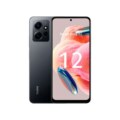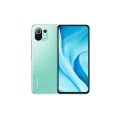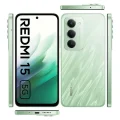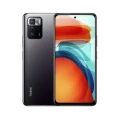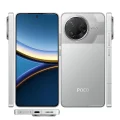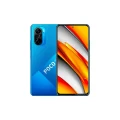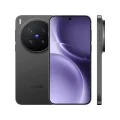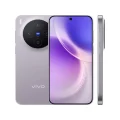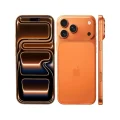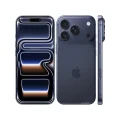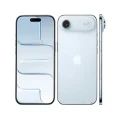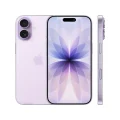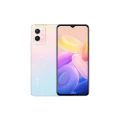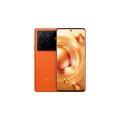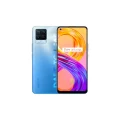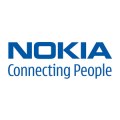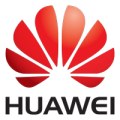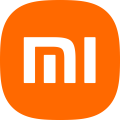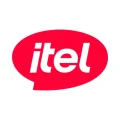- Home
- All Products
- Xiaomi
- Xiaomi Redmi 15 4G
Xiaomi Redmi 15 4G
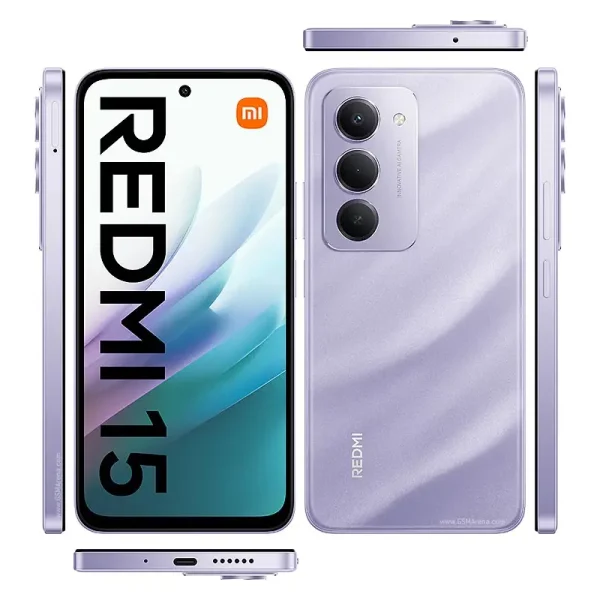

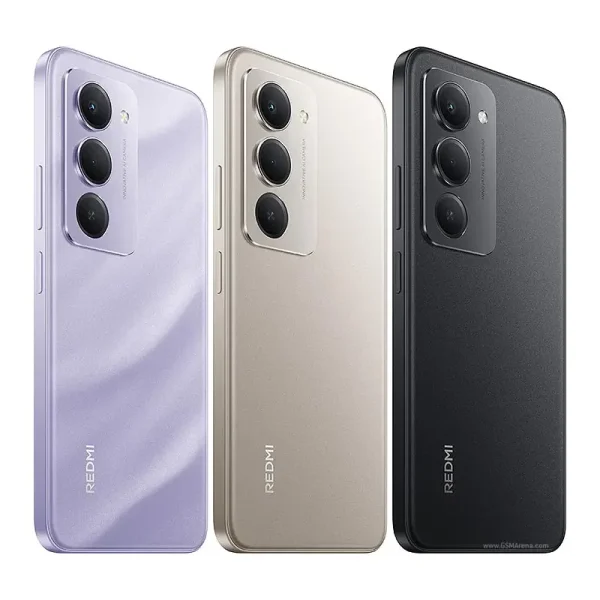
-
Battery: 7000 mAh
-
RAM: 6GB, 8GB
-
Storage: 128GB, 256GB
-
Display: IPS LCD, 6.9 inches
-
Camera: Rear 50MP, and Front 8MP
-
OS: Android 15, HyperOS 2
Full Specifications
Price
| Official | 19990 BDT 6GB/128GB Approx. |
General
| Model | Xiaomi Redmi 15 4G |
| Announced | 2025, August 01 |
| Released | 2025, August 01 |
| Status | Available |
Design
| Dimensions | 171.1 x 82.1 x 8.6 mm (6.74 x 3.23 x 0.34 in) |
| Weight | 224 g (7.90 oz) |
| SIM SIM (Subscriber Identity Module) is a small card that contains mobile network subscriber's account information. This allows the phone using the card to attach to a mobile network. The SIM card is most commonly associated with GSM and UMTS mobile networks. Moving a SIM card from one phone to another allows a subscriber to switch mobile phones without having to contact their mobile network carrier. SIM cards can also be used by a phone to store limited amounts of data, such as phone numbers and text messages. |
Nano-SIM + Nano-SIM IP64 dust tight and water resistant (water splashes) |
| Colors | Midnight Black, Titan Gray, Sandy Purple |
Display Specification
| Display Type Display Technology => A number of display technologies and types used in mobile phones => TFT (Thin Film Transistor), IPS (In-Place Switching), OLED (Organic Light Emitting Diode), AMOLED (Active-Matrix Organic Light-Emitting Diode), Super AMOLED (an even advanced version of AMOLED), Resistive Touchscreen (Resistive touchscreens contain two layer of conductive material with a very small gap between them which acts as a resistance), Capacitive Touchsceen (Capacitive touchscreen technology consists of a layer of glass coated with a transparent conductor) | IPS LCD, 144Hz |
| Size | 6.9 inches, 116.9 cm2 |
| Resolution | 1080 x 2340 pixels, 19.5:9 ratio |
| Pixel Density Pixel Density (PPI) is refers to the concentration of pixels on a particular display, measured in pixels per inch (ppi). Pixel density is calculated by dividing the diagonal pixel resolution of a display by its diagonal size, higher pixel density better display quality. | 374 ppi density |
| Display Protection Display Protection => Gorilla Glass is a special alkali-aluminosilicate glass shield with exceptional damage resistance that helps protect mobile displays from scratches, drops, and bumps of everyday use, It is always better to go for a smartphone with Gorilla Glass for that added protection and peace of mind. | Unspecified |
Platform
| Operating System OS => Every computer system run on a base software called Operating System (OS). Operating System controls all basic operations of the computer (such as smartphone, PDAs, tablet computers and other handheld devices). The Operating System allows the user to install and run third party applications (apps), apps are used to add new functionality to the device. | Android 15, HyperOS 2 |
| Chipset Chipset is a group of integrated circuits designed to perform one or a more dedicated functions, often with real time computing constraints, Popular smartphones are equipped with more advanced embedded chipsets that can do many different tasks depending on their programming. | Qualcomm SM6225 Snapdragon 685 (6 nm) |
| CPU CPU (Central Processing Unit) mostly known as processors, CPU processes instructions in order to carry out certain functions that make your device operate properly. Processors are often described as the brain of computers, smartphones and tablets, Smartphones and tablets rely on processors to carry out their every task, Processors are an incredibly important factor in selecting any type of computing device, including your smartphone. | Octa-core (4x2.8 GHz Cortex-A73 & 4x1.9 GHz Cortex-A53) |
| GPU GPU (Graphics Processing Unit) is a single-chip processor designed to rapidly manipulate and alter memory to accelerate the creation of images in a frame buffer intended for output to a display, This includes things such as lighting effects, object transformations, and 3D motion. | Adreno 610 |
Main Camera
| Camera Setup | Dual |
| Resolution |
50 MP, f/1.8, (wide), PDAF other unspecified cameras |
| Features | LED flash, HDR |
| Video | 1080p@30fps |
Selfie Camera
| Camera Setup | Single |
| Resolution | 8 MP, f/2.0, (wide) |
| Video | 1080p@30fps |
| Features | HDR |
Network & Connectivity
| Technology | GSM / HSPA / LTE |
| Speed | HSPA, LTE |
| Wi-fi Wi-Fi is a popular wireless networking technology using radio waves to provide high-speed network connections that allows devices to communicate without cords or cables, Wi-Fi is increasingly becoming the preferred mode of internet connectivity all over the world. | Wi-Fi 802.11 b/g/n/ac, dual-band |
| Bluetooth Bluetooth is a wireless communications technology for exchanging data between mobile phones, headsets, computers and other network devices over short distances without wires, Bluetooth technology was primarily designed to support simple wireless networking of personal consumer devices. | 5.0, A2DP, LE |
| NFC NFC (Near field communication) is a set of standards for smartphones and similar devices to establish peer-to-peer radio communications with each other by touching them together or bringing them into proximity, usually no more than a few inches. | Yes |
| Positioning | GPS, GLONASS, GALILEO, BDS |
| FM Radio | No |
| Infrared port | Yes |
| USB | USB Type-C |
| 2G Network | GSM 850 / 900 / 1800 / 1900 |
| 3G Network | HSDPA 850 / 900 / 1900 / 2100 |
| 4G Network | LTE |
Battery
| Battery Type Battery Type => Cell phones run on various kinds of batteries depending on the manufacturer, phone size or shape and features. There are basically four types of cell phone batteries => Lithium Polymer, Lithium Ion, Nickel Metal Hydride and Nickel Cadmium. | Li-Ion (Lithium Ion) |
| Capacity Battery Capacity is a measure (typically in Amp-hr) of the charge stored by the battery, and is determined by the mass of active material contained in the battery. The battery capacity represents the maximum amount of energy that can be extracted from the battery under certain conditions. | 7000 mAh |
| Removable | No |
| Charging | 33W wired |
| Wireless Charging Wireless Charging (Inductive Charging) uses an electromagnetic field to transfer energy between two objects. This is usually done with a charging station. Energy is sent through an inductive coupling to an electrical device, which can then use that energy to charge batteries or run the device. | No |
Multimedia
| Loudspeaker | Yes |
| Audio Jack | No |
Storage
| Card Slot Memory Card Slot is a special slot for inserting a memory card. Memory cards allow you to expand the phone's built-in memory, A memory card (sometimes called a flash memory card or a storage card) is a small storage medium used to store data such as text, pictures, audio, and video, for use on small, portable or remote computing devices such as mobile phones, mp3 players, digital cameras. | microSDXC (uses shared SIM slot) |
| Internal Storage Internal Storage is a data storage space (flash memory) mostly used in smartphones, tablets and other electronic devices where operating system, apps, music, photos, videos, files and other user data Is stored. | 128GB 6GB RAM, 256GB 8GB RAM |
Sensors
| Fingerprint | Yes (side-mounted), |
| Other Sensors | Accelerometer, compass Virtual proximity sensing |
PROS
- Exceptional 7000mAh battery life for extended usage
- Expandable storage via microSD card slot
- Higher RAM options (6GB/8GB) compared to 5G variant
- Large 6.9-inch display suitable for media consumption
- Affordable pricing for budget-conscious users
- Latest Android 15 with HyperOS 2
- Decent 50MP main camera for the price range
- 33W fast charging for quicker power-ups
CONS
- No 5G connectivity in 2025 may limit future-proofing
- Snapdragon 685 is an older, less powerful processor
- Heavy weight (224g) due to large battery
- No 3.5mm headphone jack (unlike the 5G model)
- Thick profile at 8.6mm
- No FM radio (available in 5G variant)
- Basic camera setup compared to competitors
- Limited gaming performance with an older chipset
About the Xiaomi Redmi 15 4G
The Xiaomi Redmi 15 4G is a budget-oriented smartphone released in August 2025, designed to offer essential modern features at an affordable price point. Running Android 15 with HyperOS 2, the device features a large 6.9-inch display with 1080×2340 pixel resolution and comes with storage options of 128GB or 256GB with microSDXC expansion support. Unlike its 5G counterpart, this model is powered by the Snapdragon 685 processor and offers more RAM options with 6GB or 8GB configurations.
The phone maintains the impressive 7000mAh battery capacity with 33W fast charging, ensuring exceptional battery life for users who prioritize longevity over cutting-edge performance. Weighing 224g with an 8.6mm thickness, the device strikes a balance between substantial battery capacity and reasonable portability. The 4G variant distinguishes itself by including expandable storage via microSD card, making it more versatile for users who need additional storage space for media and applications.
Main Key Features
- Massive 7000mAh Battery: Extended usage with 33W fast charging support
- Large 6.9-inch Display: FHD+ resolution (1080×2340) for clear visuals
- Expandable Storage: MicroSDXC slot for additional storage capacity
- Multiple RAM Options: Available in 6GB and 8GB RAM configurations
- 50MP Main Camera: Primary camera with 1080p video recording
- Modern Software: Android 15 with HyperOS 2 interface
- Snapdragon 685 Processor: Reliable performance for daily tasks
- 4G Connectivity: Comprehensive network support without 5G
- Dual Storage Options: 128GB or 256GB internal storage
- Budget-Friendly Pricing: Accessible smartphone technology
Why Choose This Phone?
Choose the Xiaomi Redmi 15 4G if you prioritize battery life, expandable storage, and don’t require 5G connectivity. This phone is perfect for users in areas with limited 5G coverage or those who want to save money by skipping 5G features they won’t immediately use. The expandable storage makes it ideal for users who store large amounts of photos, videos, or offline content. With higher RAM options (6GB/8GB), it offers better multitasking capabilities than the 5G variant’s 4GB configuration. It’s an excellent choice for seniors, students, or budget-conscious buyers who need reliable smartphone functionality without premium pricing. The device suits users who spend long periods away from chargers, such as travelers, outdoor workers, or heavy media consumers who value the peace of mind that comes with exceptional battery life.
Opinion
The Xiaomi Redmi 15 4G represents a practical choice for users who prioritize battery life and storage flexibility over cutting-edge features. While lacking 5G connectivity may seem like a significant omission in 2025, the trade-offs include expandable storage and higher RAM options that many users will find more immediately useful. The Snapdragon 685 processor, while not the latest, provides adequate performance for everyday tasks. The removal of the headphone jack compared to the 5G variant is puzzling and disappointing. Overall, it’s a solid choice for budget-conscious users who value practicality, though the lack of 5G may impact its long-term relevance.
See Another Model:
FAQs about Xiaomi Redmi 15 4G
Q: Why choose the 4G version over the 5G model?
A: The 4G version offers expandable storage via microSD, higher RAM options (6GB/8GB vs 4GB), and lower pricing, making it better for users who don’t need 5G.
Q: How much additional storage can I add with the microSD slot?
A: The microSDXC slot typically supports cards up to 1TB, significantly expanding your storage capacity.
Q: Will the Snapdragon 685 processor handle modern apps?
A: Yes, it can handle everyday tasks, social media, and light gaming, but expect limitations with intensive games or heavy multitasking.
Q: How long does the 7000mAh battery actually last?
A: Expect 2-3 days with typical usage, or up to 4-5 days with light usage patterns.
Q: Can I use the phone for photography?
A: The 50MP main camera is adequate for casual photography and social media, but don’t expect professional-level results.
Q: Will it receive Android updates?
A: Xiaomi typically provides 2-3 years of security updates and at least one major Android version update for Redmi devices.
Give Your Review
Disclaimer Note
You can write your own disclaimer from APS Settings -> General -> Disclaimer Note.
